Shin Soreness In Horses
What is shin soreness?
We all know bone pain is a common hazard for all athletes. Horses are no exception and bone pain is very usual outcome in training horses especially for fast galloping competition and of course, racing.
The pain is due to the bone’s natural response as it adjusts to the struggle of training and working at speed.
Shin soreness is a training injury in Thoroughbred horses especially 2 to 3 years old that is characterized by pain on palpation of the shin, or third metacarpal bone, and is often associated with an unwillingness to work at speed. The condition is certainly not new and has long been a birch of trainers of young Thoroughbreds.
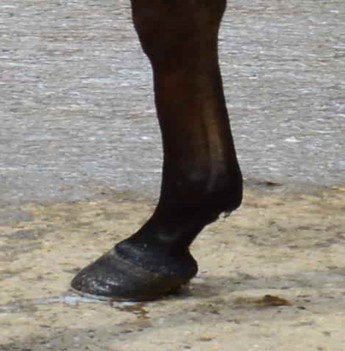
Shin Soreness is properly known as Dorsal Metacarpal Disease. The bones of the horses change eminently as training executes. Nevertheless, while the bones go through this transformation, there may be pain and stiffness which can lead to sore shins.
The bones of young Thoroughbreds are very soft and spongy. Due to high impact training, it can be resulted in increased inflammation within the bones. The bones will start to swell and might cause stress fractures. Shin soreness should be treated immediately as it can be a serious problem and might end the horse’s racing or performance career.
Young race horses are the most affected. Why? Because they are always galloping at a high speed on hard tracks. Shin soreness will start to develop when the front of the cannon bones in the forelegs are forced to a high impact training.
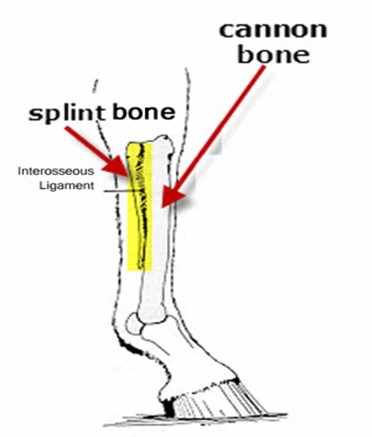
Symptoms of Shin Soreness in Horses
Heat within the shin of the horses is one of the first symptoms of shin soreness. It would be helpful to have a daily examination to bring any changes to attention. The shin soreness can only be noticed in quite some time as the changes within the forelegs of the horse may be mild and hard to detect. Once you notice some changes, it’s very important to contact the Veterinarian for a full assessment and consultation. Some of the other symptoms to look out for include:
- Lameness
- Stiffness within the forelegs
- Pain when touched
- Swelling
- Shortened stride
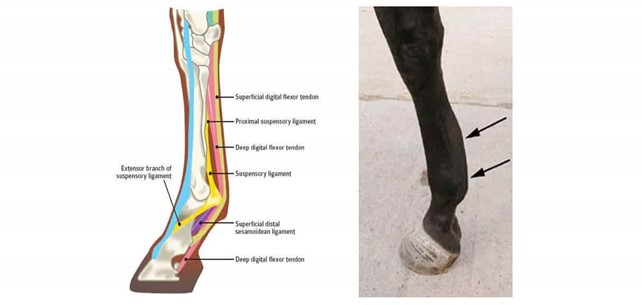
What causes shin soreness?
Shin soreness occurs when the cannon bone attempts to repair any damage caused by high impact exercise that has overloaded the forelegs. The cannon bones will grow new, spongy bone when the bones breakdown. This causes inflammation, swelling and soreness within the front of the cannon bones or the shins.
Horses that are trained on hard and compacted dirt tracks are most likely to develop shin soreness than those trained on wood fiber tracks.
Below is the sample image for Wood fiber tracks for horses.

how to prevent shin soreness?
Good horse management can help to prevent shin soreness in horses. It would be advisable to not push young and athletic horses to work beyond their growth capacity. Ideally, wood fiber tracks that are properly banked will help prevent increased strain on the cannon bones. Studies have shown that shin soreness is less likely to develop in young horses galloped on straight tracks.
Although financial considerations often drive training that allows young horses to train and race beyond their maturational development, consideration should be given to training horses in such a way as to increase their longevity by setting performance standards that do not trade the physical well-being of the horse for an early start on any promotional circuit.
If you notice some changes in the forelegs of the horses, it would be best to take the horse to the Veterinary Clinic. The more you don’t take actions to cure the shin soreness, the more the horse will suffer.
The veterinarian will begin their assessment by doing a thorough physical examination. They will also ask you to describe the training process and the track that your horse currently trains on.
X-rays will also be needed to look for hairline fractures and any secondary bone formations within the forelegs. Based on the findings from the x-rays, your veterinarian will develop a treatment plan that is fit for your horse.
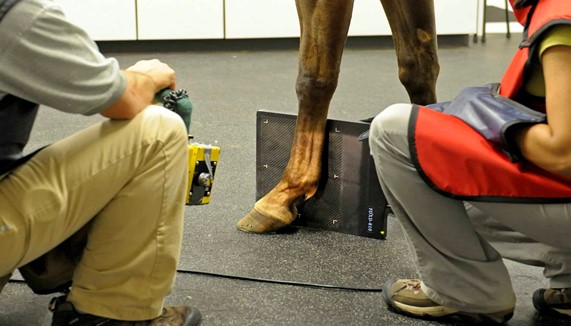
treatment of racehorse shin soreness
The recommendation to ease the pain of the shin soreness on your horse is the application of cold compresses using ice packs. The cold compress should be applied to the affected shin at least two or three times a day for approximately fifteen to twenty minutes. This will help reduce inflammation and ease discomfort.
In acute cases of shin soreness with severe swelling and lameness, the horse should be confined to stable rest to avoid the risk of long-term bone damage.
A veterinarian may decide that a course of phenylbutazone is also needed. What is phenylbutazone? It is often referred to as “bute” which can last around 8 to 12 hours, is a nonsteroidal anti-inflammatory drug (NSAID) for the short-term treatment of pain and fever in animals. Once the inflammation and the pain have diminished, your veterinarian will most likely re-examine your horse’s cannon bones. This is done to assess the severity of any secondary bone deposits that may have developed
X-rays may be necessary to check for secondary bone formation and hairline fractures. The veterinarian will recommend treatment depending on the findings.
Following the veterinarian’s recommendations, the horse can be reinstated to a creative exercise program designed to keep the horse sound and encourage active and long-term modeling to permanently adapt the cannon bones to fast exercise.
recovery of shin soreness in horses
Great horse management and not pushing too hard the horses to train can easily prevent from having shin soreness. Early detection through daily examination combined with appropriate treatment and training techniques much reduce the chance of sore shins and other musculoskeletal conditions occurring.
The veterinarian will provide a treatment plan and also an expected timeline for returning to a full training process. The treatment plan should be strictly followed as it is prescribed and give them time to heal – this could be anything from 6 weeks to 4 months, depending on the severity.
When they return to training, they are galloped over shorter distances to ascertain what they can handle and their training program is progressed from that benchmark.
RACEHORSES FOR SALE
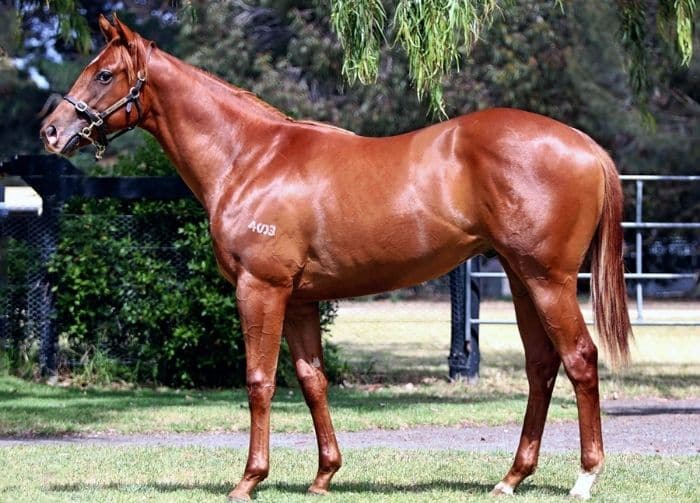
Deep field x it's a myth
Trainer Phillip Stokes
Quality Colt. Super Pedigree
Purchased : $225,000
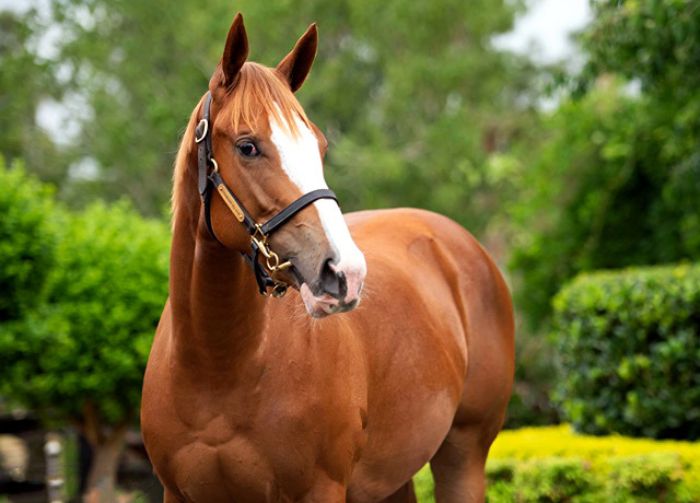
Written Tycoon x Quiet Kitten
Trainer John McArdle
Tier 1 Filly. Proven International Pedigree
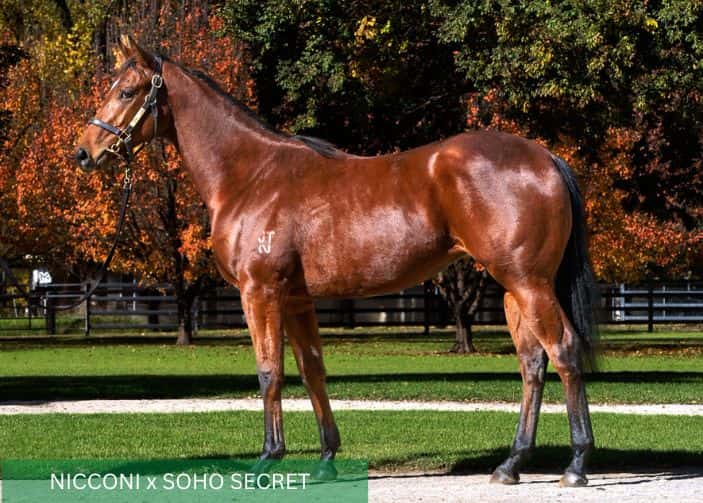
NICCONI X SOHO SECRET
Trainer Phil Stokes
Stunning Filly. Half to GP1 Winner Vanbrugh
